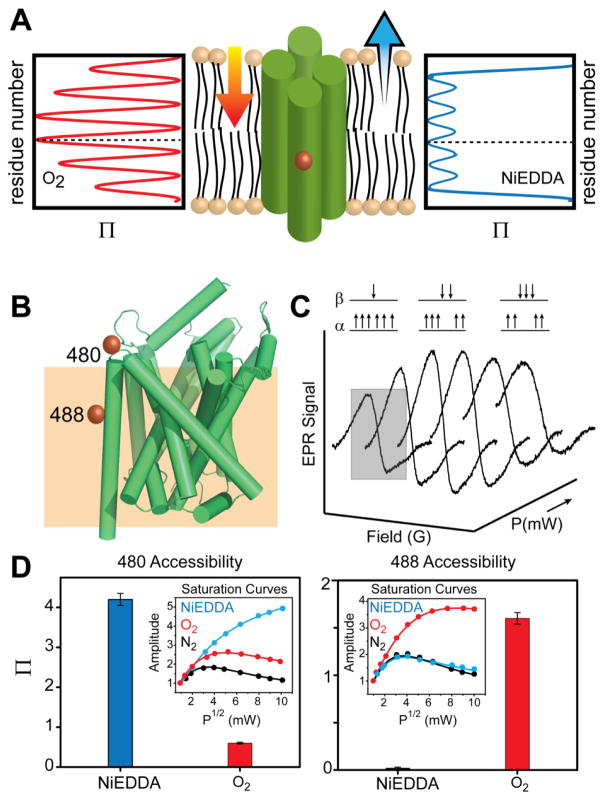Figure 5. Spin label solvent accessibility and the correlation with local environment.
(A) The differential solubility of fast-relaxing PRAs (NiEDDA and O2) allows the determination of spin label environment. Nitroxide scanning of an α-helix that is asymmetrically solvated between aqueous and hydrocarbon milieu will report the gradient of oxygen accessibility toward the center of the bilayer in accordance with helix periodicity. The dotted line highlights the site of expected maximum in O2 accessibility. The NiEDDA accessibility profile, which probes water exposure, is 180° out-of-phase with the O2 profile. (B) Two spin labeled sites are shown on a model of LeuT (PDB 2A65), which are used to probe the membrane-water interface. An approximate position for this interface is outlined by an orange box. (C) Power saturation experiments showing the reduction in signal intensity as a function of microwave power. (D) The high NiEDDA accessibility at site 480 in LeuT relative to O2 and N2 determined from power saturation curves (inset) suggests a water exposed position of the spin label. (D) In contrast, the high O2 accessibility at site 488 indicates that the spin label samples the lipid bilayer.

